Search
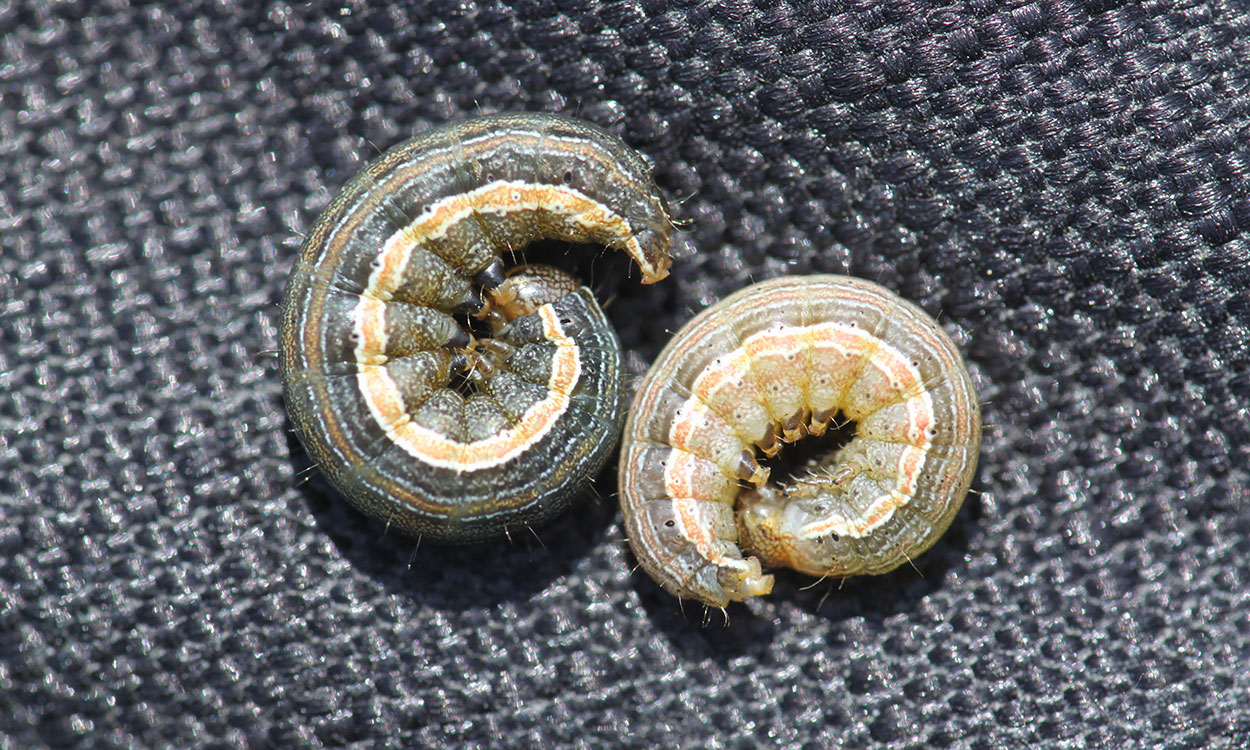
True Armyworm Caterpillars Are Active in South Dakota Wheat
We have received a few reports of true armyworm caterpillars in wheat that are heavily feeding on the leaves. The big concern with these pests is that they will also clip wheat heads prior to harvest, so scouting is necessary to ensure that they don't cause yield losses.
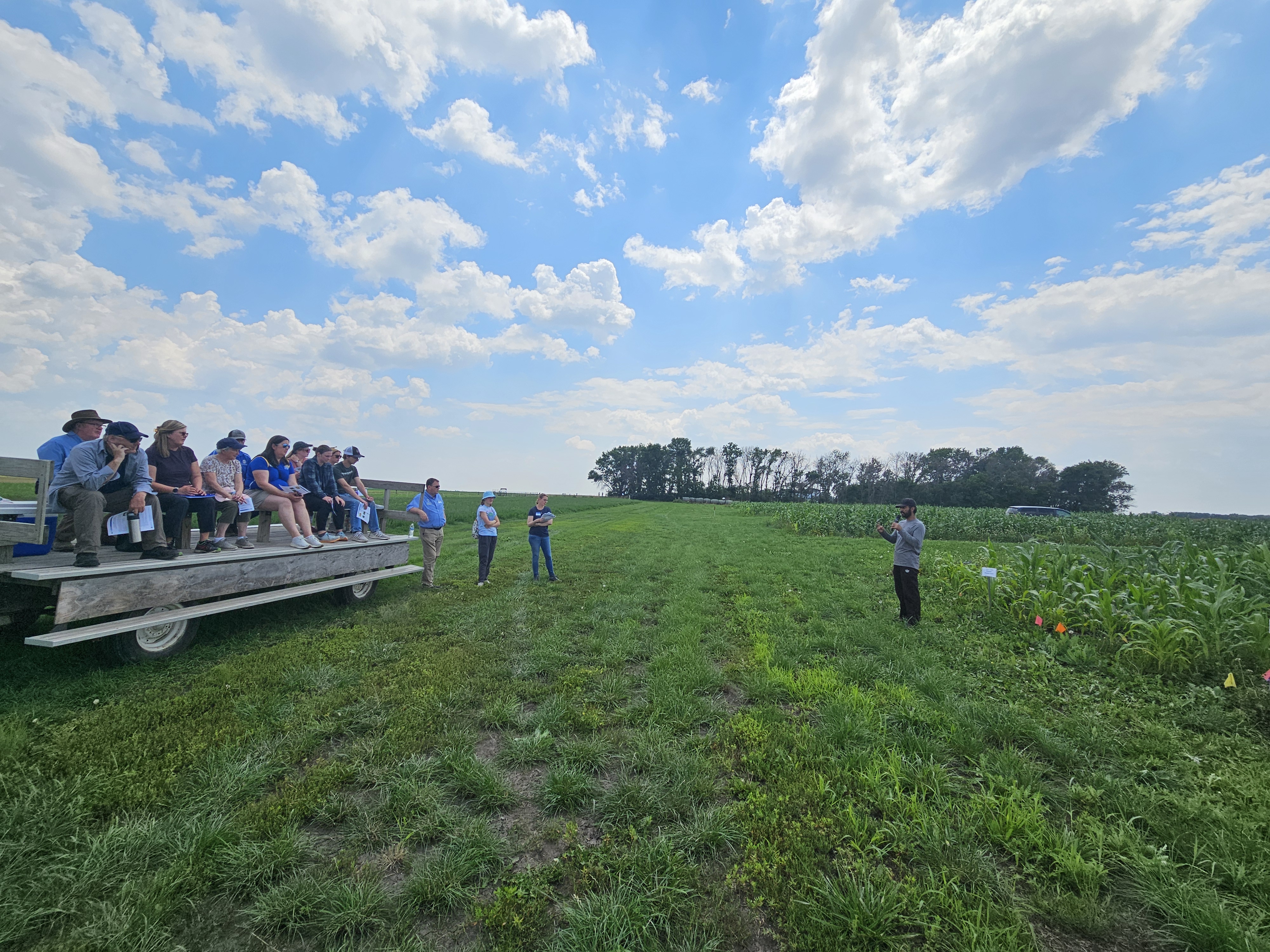
SDSU Extension, Southeast Research Farm to host organic field day
July 26, 2024
South Dakota State University Extension and the SDSU Southeast Research Farm invite anyone interested in growing organic vegetables and field crops to an educational, hands-on field day.
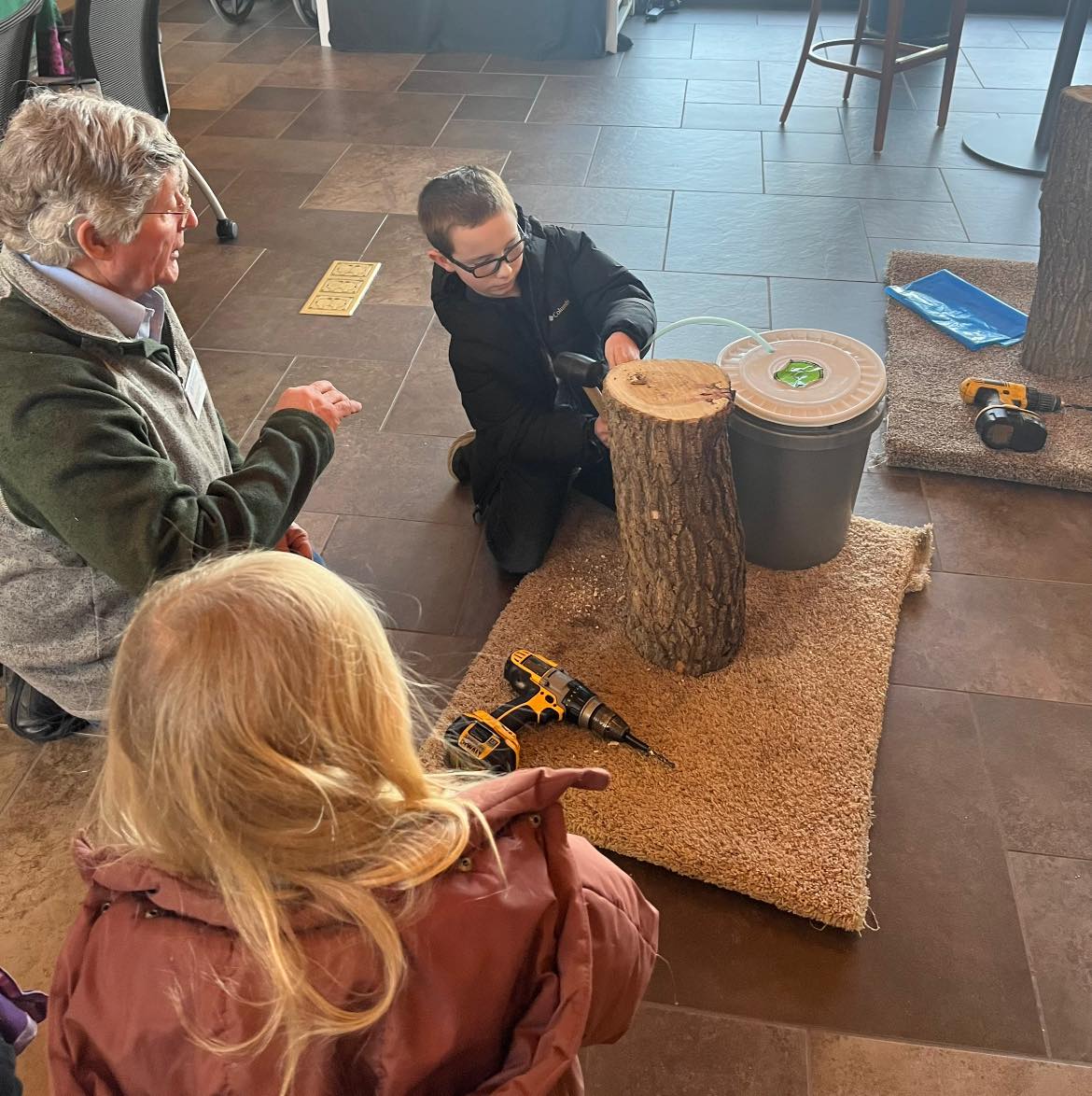
McCrory Gardens to host maple syrup workshop
February 29, 2024
South Dakota State University Extension and McCrory Gardens in Brookings will host their annual maple syrup and tree tapping workshop on March 23, 2024.
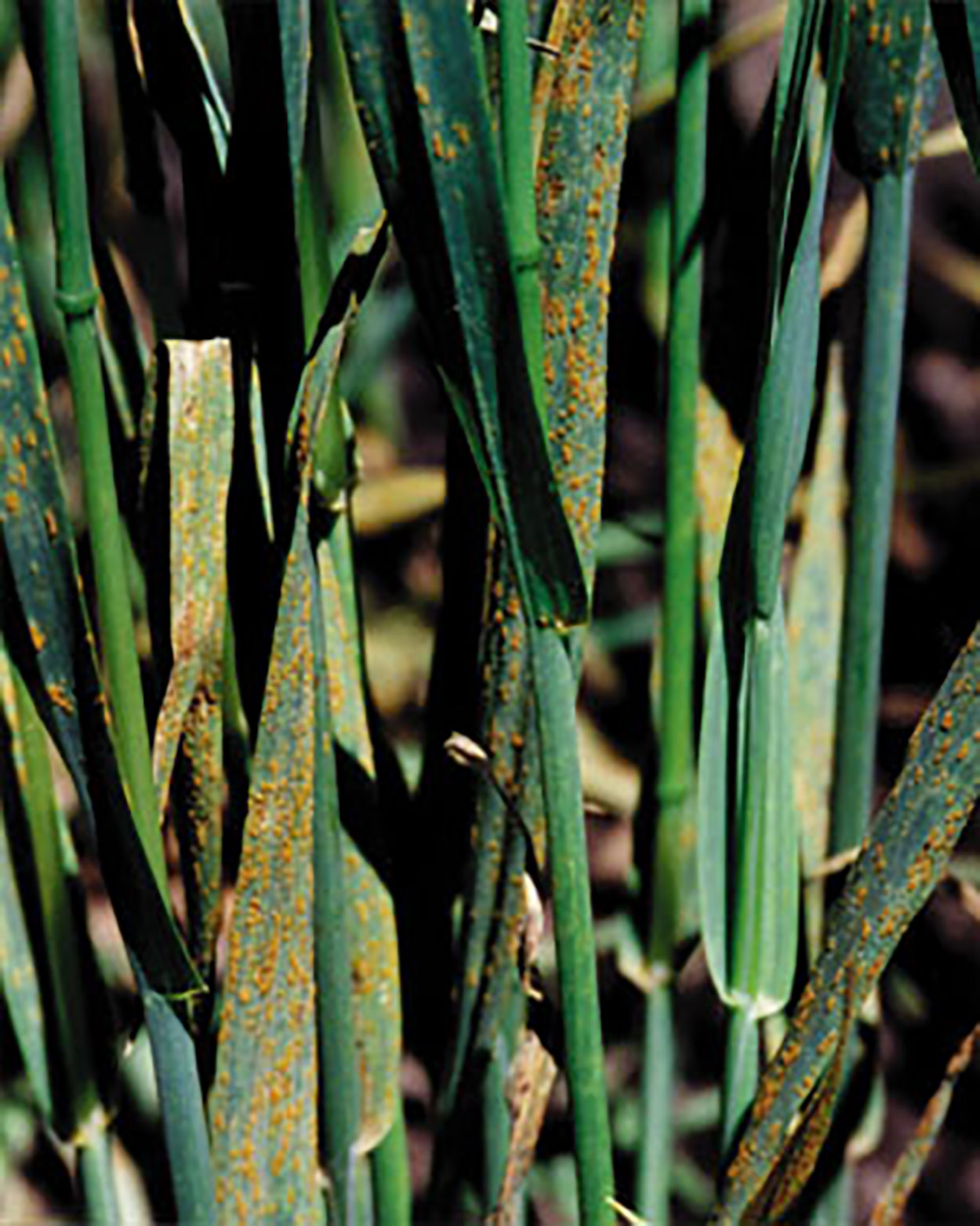
Does Crown Rust in Oats Cause Problems for Livestock?
When wet, cool conditions predominate in the spring, crop producers may have to deal with crown rust in oats. When this crop disease is abundant, questions from livestock producers arise. Could crown rust in oats harm livestock if it’s present on pasture or in hay?

Cowpea Aphids Infesting Alfalfa
Typically, we worry about pea aphids in alfalfa. However, we noticed that cowpea aphids were present on alfalfa this week. If left unmanaged, cowpea aphids can stunt alfalfa, reduce yields and even kill the plants during severe infestations.
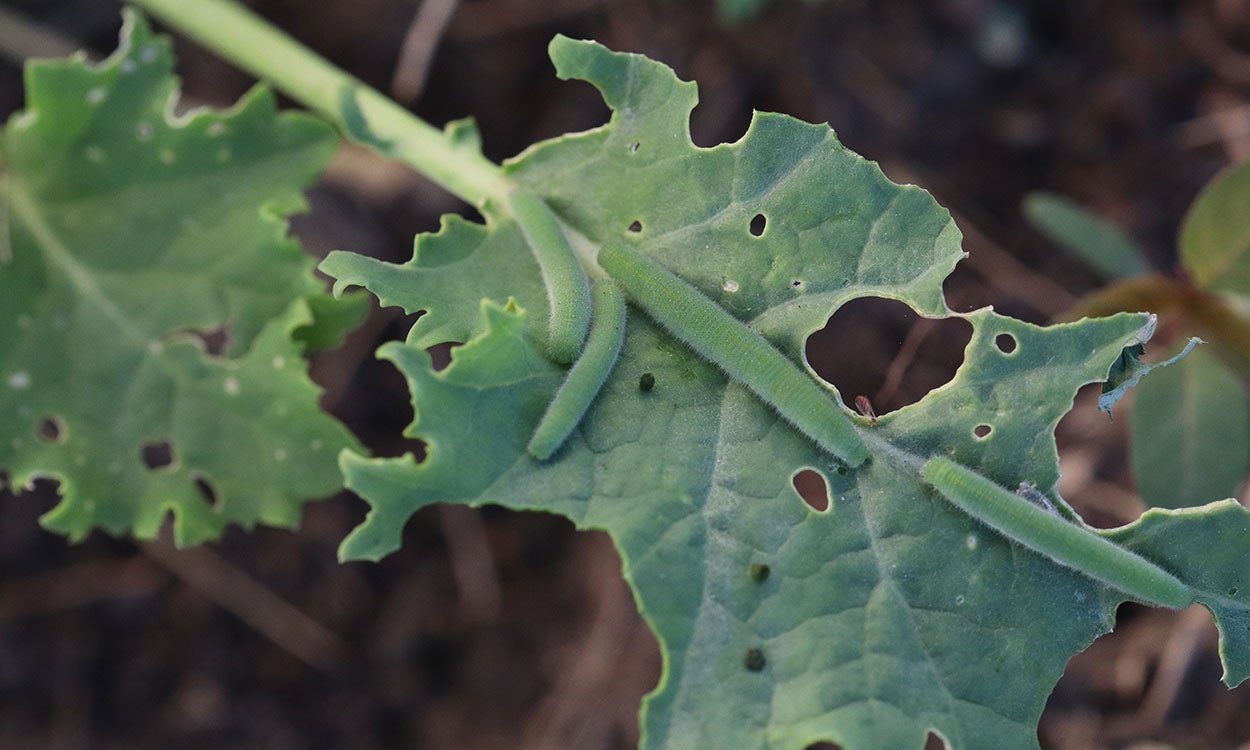
What’s chewing on my kale?
Cabbage white caterpillars can be a nuisance in kale and other cold crops, leaving behind ragged-looking leaves and a significant amount of droppings. Learn some expert tips for identifying and manage them before they take a bite out of your harvest.
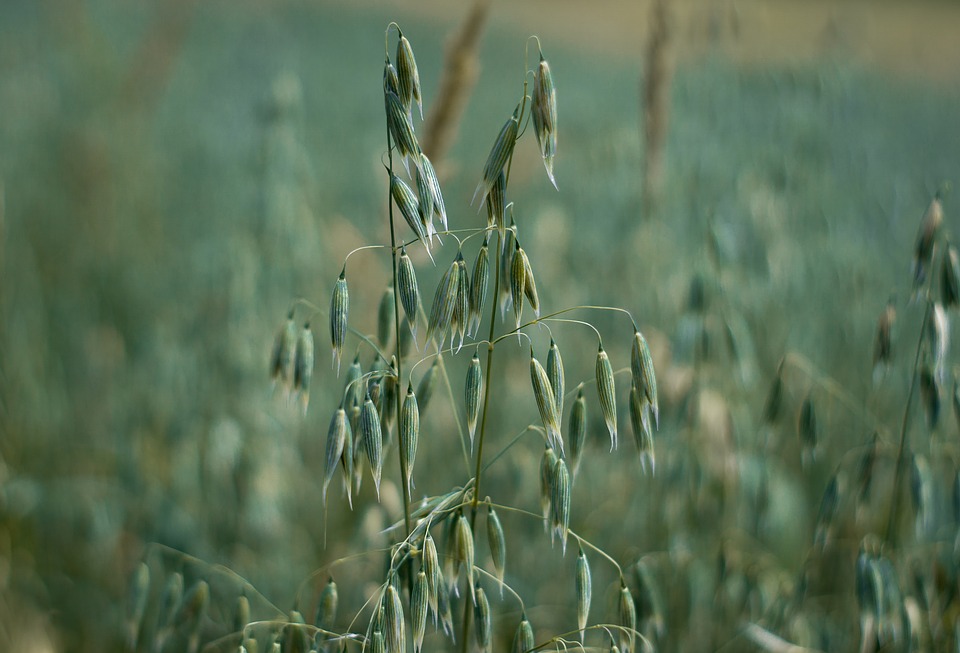
Using Plant Growth Regulator in Oats Grown for Grain
With growers’ interest emerging, SDSU Extension and research faculty teamed up and initiated a study in 2016 in Northeast SD to evaluate the effects of plant growth regulator. The study was conducted at the SDSU Northeast Research Farm (NERF) near South Shore, SD.

Early Season Insecticide Applications in Wheat
Many wheat producers in South Dakota have adopted more intensive management practices in the last few years, including an early season application of fungicide and, in some cases, insecticide.

Floods Continue With a Wet Outlook
As April unfolds, major flooding continues along the Eastern rivers. The James River is at crest in Brown county the first week of April and will slowly recede while maintaining flood level for much of April.
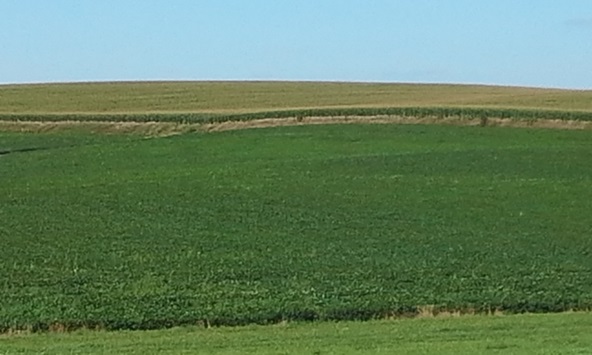
Yellow Soybeans
Yellow soybean areas within fields are being noticed in some areas of the state. There are six factors which could be causing the soybean plant yellowing: nitrogen (N), potassium (K), or sulfur (S) deficiency, iron deficiency chlorosis (IDC), soybean cyst nematode (SCN), or yellow flash from Roundup application.